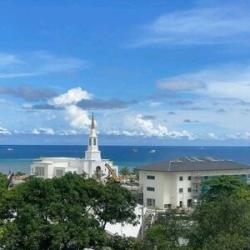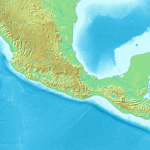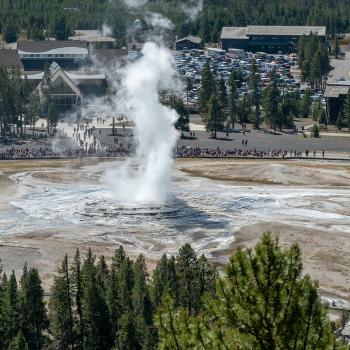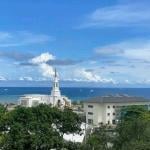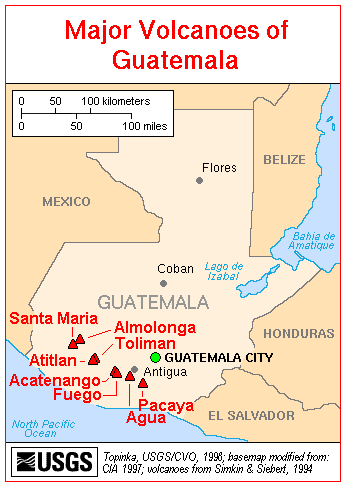
I press forward with the notes that I’m primarily taking from an article written by my longtime friend Bart Kowallis about the natural catastrophe described in the Book of Mormon as having occurred in the New World at the death of Christ: Bart J. Kowallis, “In the Thirty and Fourth Year: A Geologist’s View of the Great Destruction in 3 Nephi,” BYU Studies 37/3 (1997-1998):
I closed my previous entry in this series by noting the suggestion by John Sorenson that the New World city of Jerusalem was located on the shore of a lake. According to 3 Nephi 9:7, it was covered by water during what might appropriately be called the Great Destruction.
But is there any evidence of sunken cities in ancient Mesoamerica? Yes, there is.
Okay. So what about buried cities? Are such things geologically plausible? Professor Kowallis devotes a portion of his article to discussing this matter.
Burial in the earth is a common occurrence in explosive volcanic eruptions. The large quantities of ash and pumice that are produced blanket the landscape for many miles around the volcano. A heavy fall of ash and pumice destroyed the town of Pompeii during the eruption of Mount Vesuvius. The accumulation of ash and pumice averaged a depth of about twenty feet and left only the tops of the taller buildings protruding above it. Because the town was completely abandoned after the eruption and the building tops that remained above the ash eventually weathered away, Pompeii was for a time completely lost. (166-167)
Cities and towns can also be completely buried when a thick and swiftly flowing slurry of hot mud — called a lahar — is formed from a combination of volcanic ash with rain or rapidly melting snow. Herculaneum wasn’t buried by ash from the AD 79 eruption of Vesuvius. It survived that, only to be buried sixty to seventy feet deep by a lahar shortly thereafter. In 1886, when the Tarawera volcano erupted on the North Island of New Zealand, the village of Wairoa was buried under seven feet of volcanic mud; the villages of Moura and Te Ariki disappeared completely, with all of their inhabitants, under seventy-five feet of lahar. At about 11 PM on 13 November 1985, a relatively small eruption from the Nevada del Ruiz volcano — see the photograph in the previous entry in this series — sent a lahar down upon the city of Armero. Within just a few minutes, roughly twenty-five thousand people had been buried alive.



